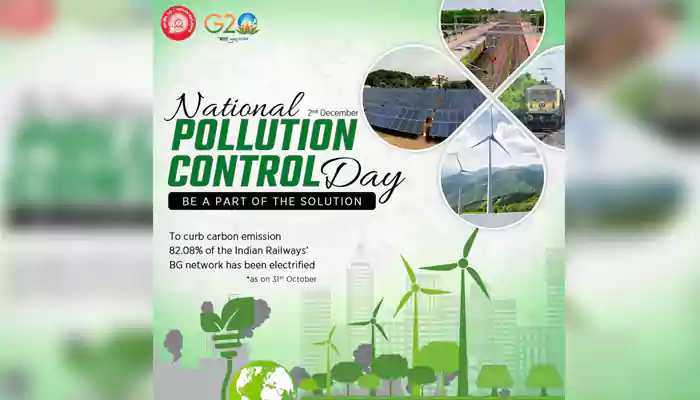
With every passing day, the need to combat climate change becomes more urgent, and transitioning towards cleaner forms of energy is a crucial step in that direction. In this article, we will explore how adopting clean energy solutions can lead to reduced greenhouse gas emissions, mitigate land and habitat degradation, and improve air quality.
Let's talk about how we can reduce pollution and discover the pathway to a greener future!
One of the most significant benefits of embracing clean energy solutions is the reduction in greenhouse gas emissions. Traditional sources of energy, such as coal and oil, release large amounts of carbon dioxide and other harmful gases into the atmosphere when burned for electricity generation or transportation. These emissions trap heat in our atmosphere, leading to global warming and climate change.
By transitioning to renewable energy sources like solar, wind, hydroelectric, and geothermal power, we can significantly decrease our reliance on fossil fuels. Solar panels harness the sun's abundant energy without producing any emissions during operation. Wind turbines generate electricity through the power of wind without emitting greenhouse gases.
Not only do these clean energy technologies produce lower emissions during their lifespan compared to traditional options but they also offer long-term sustainability. With advancements in technology and increased investment in research and development, we are witnessing a steady decrease in costs associated with renewable energy systems.
Governments around the world are recognizing this potential and implementing policies that encourage the adoption of clean energy solutions. Through incentives such as tax credits or feed-in tariffs, individuals and businesses are motivated to invest in renewable technologies.
Reduced land and habitat degradation is a crucial benefit of adopting clean energy solutions. Traditional power generation methods often involve the extraction of fossil fuels, which can lead to significant land and habitat destruction. The drilling for oil or mining for coal requires large areas of land to be cleared, disrupting ecosystems and displacing plant and animal species.
In contrast, clean energy technologies such as solar panels and wind turbines have a much smaller footprint. They can be installed on rooftops, in deserts, or offshore without causing substantial damage to natural habitats. By embracing these renewable energy sources, we can limit the need for destructive practices like mountaintop removal mining or deforestation.

Moreover, transitioning to cleaner energy alternatives reduces pollution that harms both terrestrial and aquatic environments. Fossil fuel combustion releases harmful pollutants into the air and water, contributing to acid rain, smog formation, and contamination of rivers and oceans. These pollutants not only degrade land but also harm wildlife populations by poisoning their food sources.
Air quality improvement is one of the significant benefits that clean energy solutions offer. By transitioning from fossil fuels to renewable sources such as solar, wind, and hydro power, we can effectively reduce air pollution and improve overall air quality.
Traditional energy sources like coal and oil are major contributors to air pollution, releasing harmful pollutants such as carbon dioxide (CO2), sulfur dioxide (SO2), nitrogen oxides (NOx), and particulate matter into the atmosphere. These pollutants have detrimental effects on human health, causing respiratory problems, cardiovascular diseases, and even premature death.
In contrast, clean energy technologies produce little to no emissions during operation. Solar panels generate electricity without any combustion processes involved. Wind turbines harness the power of wind to produce electricity without emitting any greenhouse gases or pollutants. Hydroelectric power relies on flowing water to generate electricity while also being a clean source of renewable energy.
In conclusion, clean energy solutions provide an effective pathway towards reducing air pollution and improving overall air quality for both present and future generations. Making this transition is not only essential for mitigating climate change but also for safeguarding public health and preserving our natural environment.